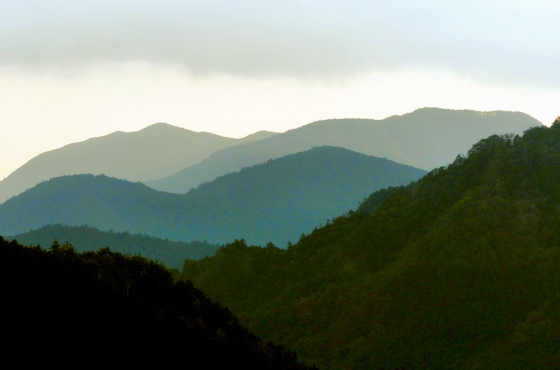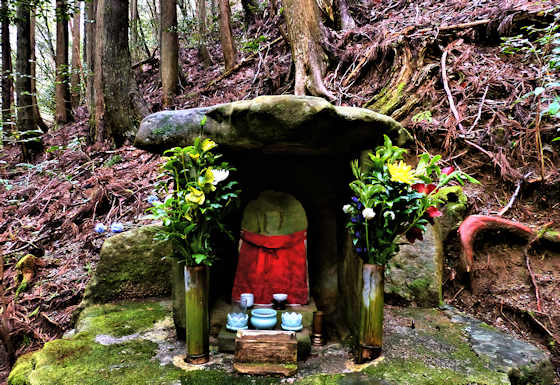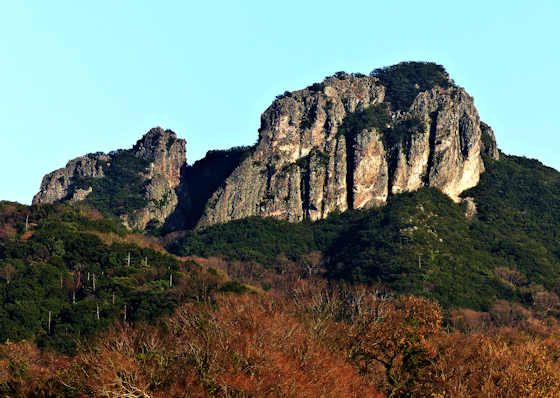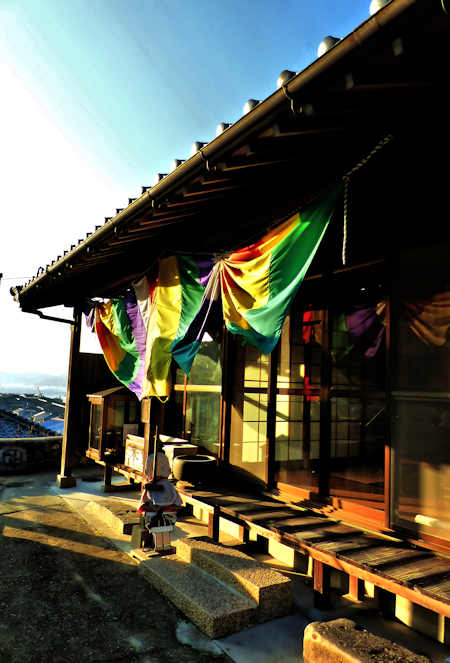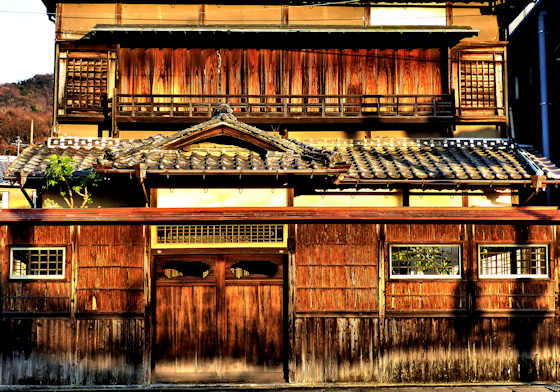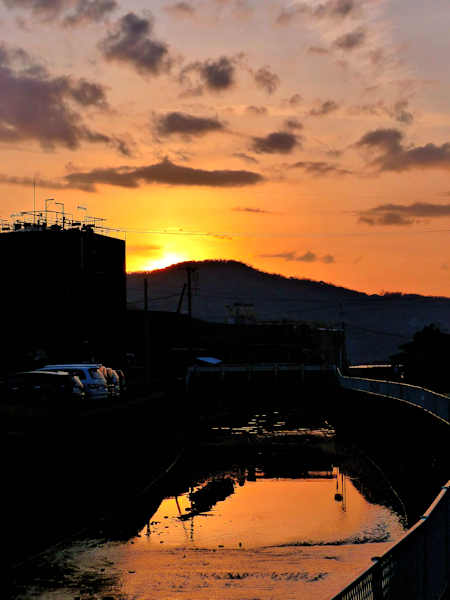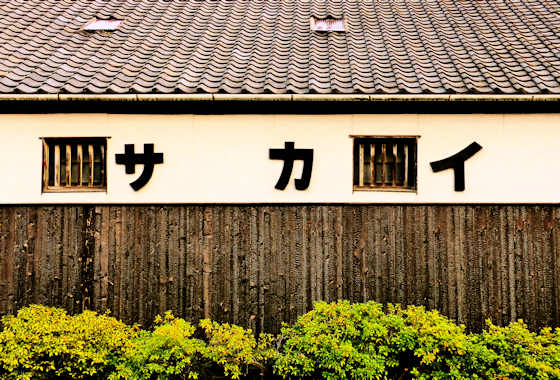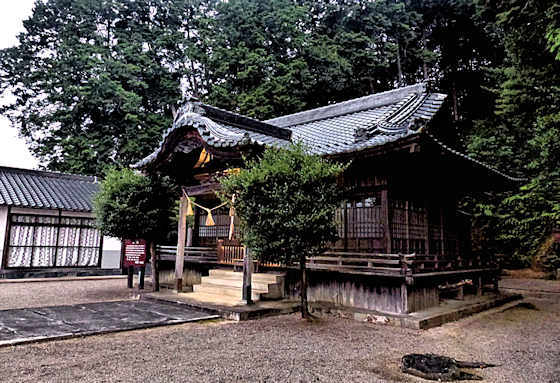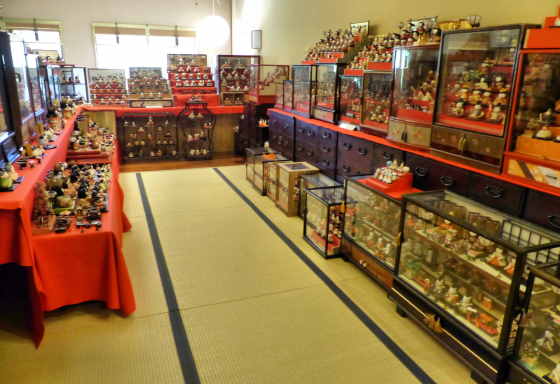Funatama Shrine
This post covers the rest of my third day walking along the Kumano Kodo as part of the Saigoku Pilgrimage that follows the same route for the first week or so. After stopping at Funatama Shrine I carried on through the silent forest.
I then passed through the remains of a small settlement that was abandoned in the 1960's. Metal pots, bits of chairs, and other bits and pieces as well as a few collapsed structures are all that is left. Even in my own area in the 21st century, small settlements in remote mountain locations continue to disappear.
I ass several Oji, the shrines along the route. There are, I believe, 100 Oji between Hongu and Osaka.
In a tiny settlement of a few homes I found this unusual dispenser of free, cold drinks. I think this was the first instance of osettai, giving alms to pilgrims, that i found on this pilgrimage.
After passing Nonaka no Shimizu spring I soon found myself in Chikatsuyu, a large settlement and a stopping point with quite a few, pricey guesthouses, all fully-booked weeks and months ahead. On my first day after climbing up from Nachi, I met a Frenchman who had spent the night on the floor of the disabled toilets in a park here as he had been unable to find any lodgings or good places to sleep out. As I passed one guesthouse the owner was in front cleaning the steps, so as last-minute cancellations are not unheard of I asked if he happened to have a room for the night. He looked at me as if I had asked to sleep with his daughter.
